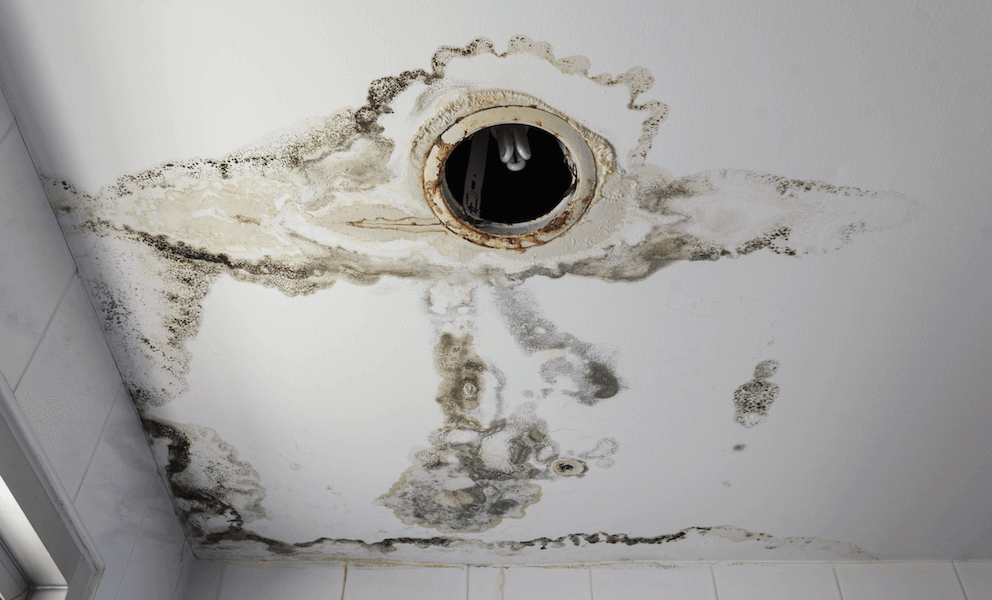Think You Have A Mold Problem? What To Look For In Your Home

Allergy sufferers often experience symptoms that include sneezing, a stuffy nose, sore eyes and nasal congestion. Many people have these symptoms, and they almost always think that they are caused by allergies. Most of the time, this is a good bet, but if you ever notice that your symptoms manifest themselves only when you are at home, you need to consider that mold may be causing your problems. It’s always good to have your property tested for mold in Charleston.
We don’t want to be alarmist, but mold in your Charleston, South Carolina home is never a good thing. If you notice any of the following, you may want to get your home checked out:
A Moldy Smell
Mold can be invisible, so sometimes, you need to rely on your nose to spot it. Mold has a distinctive wet and moldy smell, and if you smell that in your home, you need to investigate further. It may be invisible, but the smell is a dead giveaway.
Visual Signs Of Mold
If you see mold anywhere in your home, then you definitely have a mold problem. This may seem obvious, but most people completely miss the signs of an infestation; small patches of mold are often dismissed as soot or dirt. Check your walls carefully, and make sure that dirty spots on your walls aren’t actually mold.
If you see small mold patches, you need to take immediate action. Small patches spread quickly, and the fact that mold is already growing means that the conditions in your home are ripe for mold. If you need help removing mold, use this Mold Removal guide.
Take care of mold in Charleston home before it becomes a big problem, and remember small mold splotches may mean that there are bigger colonies hidden away somewhere in your home.
Mold doesn’t always look the same, so it can be hard to spot. Some mold is white and threadlike, and some strains appear as clusters of small dots. Mold can be black, gray, brown, green or white, and mold that grows under vinyl wallpaper can even be orange, pink or purple.
Mold Is Generally Caused By Water Problems
Persistent water problems in your home almost always lead to mold. If you’ve ignored leaks or water problems, then you need to check to make sure that mold hasn’t formed, and while you’re at it, get your water problem fixed; it’s rare for mold to grow when there is an absence of moisture.
Look for things like water stains and discoloration on your walls, floors and ceilings. If you notice water spots, bowed walls, bubbled wallpaper or warped wood, then it’s likely that moisture has gotten to them.
Water Leaks
Your walls don’t have to be damp for mold to grow in your home. Something as simple as a leaky pipe provides the perfect growing environment for mold, so it’s not always easy to find. If you find leaky or moist pipes, make sure to fix them quickly; if you ignore them, don’t be surprised when you find mold later on.
Water leaks are tricky when they are hidden from plain sight. For example, if you find a hidden leak inside of a wall, then mold is probably hidden back there as well. Water seeps through small cracks and crevices, so this makes the mold hard to find; mold can be growing in small puddles of water that you just can’t see.
Flooding
If your home has ever been flooded, then you need to keep your eyes peeled for mold. As we mentioned earlier, mold loves moist and warm places, and when your home gets flooded, plenty of these places appear. It’s hard to properly dry a flooded home, so always keep a lookout for mold after a flood.
Mold From Condensation
 When you see condensation inside of your home, that means that there is moisture in the air. Check your windows and pipes for signs of moisture. Mold can grow anywhere, and the tiniest bit of condensation is often enough to spawn a mold colony. Keep an eye out for rusty pipes as well; they might not be moist when you look at them, but the rust is a dead giveaway that condensation forms on them.
When you see condensation inside of your home, that means that there is moisture in the air. Check your windows and pipes for signs of moisture. Mold can grow anywhere, and the tiniest bit of condensation is often enough to spawn a mold colony. Keep an eye out for rusty pipes as well; they might not be moist when you look at them, but the rust is a dead giveaway that condensation forms on them.
Condensation can mean that you have a humidity problem in your home. Fortunately, you can buy a dehumidifier to suck the moisture out of the air. It does cost some money to buy a unit, but a mold infestation ends up costing you a lot more money and time in the long-run; invest in a dehumidifier when you find condensation.
Be Weary Of Mold Health Effects
These mold spores can cause health effects, and we recommend that you get your home cleaned as soon as you can. Mold inside of your home is bad, but if it’s causing you to have health effects, drop everything and make mold removal your priority; your health depends on it.








Facebook
RSS